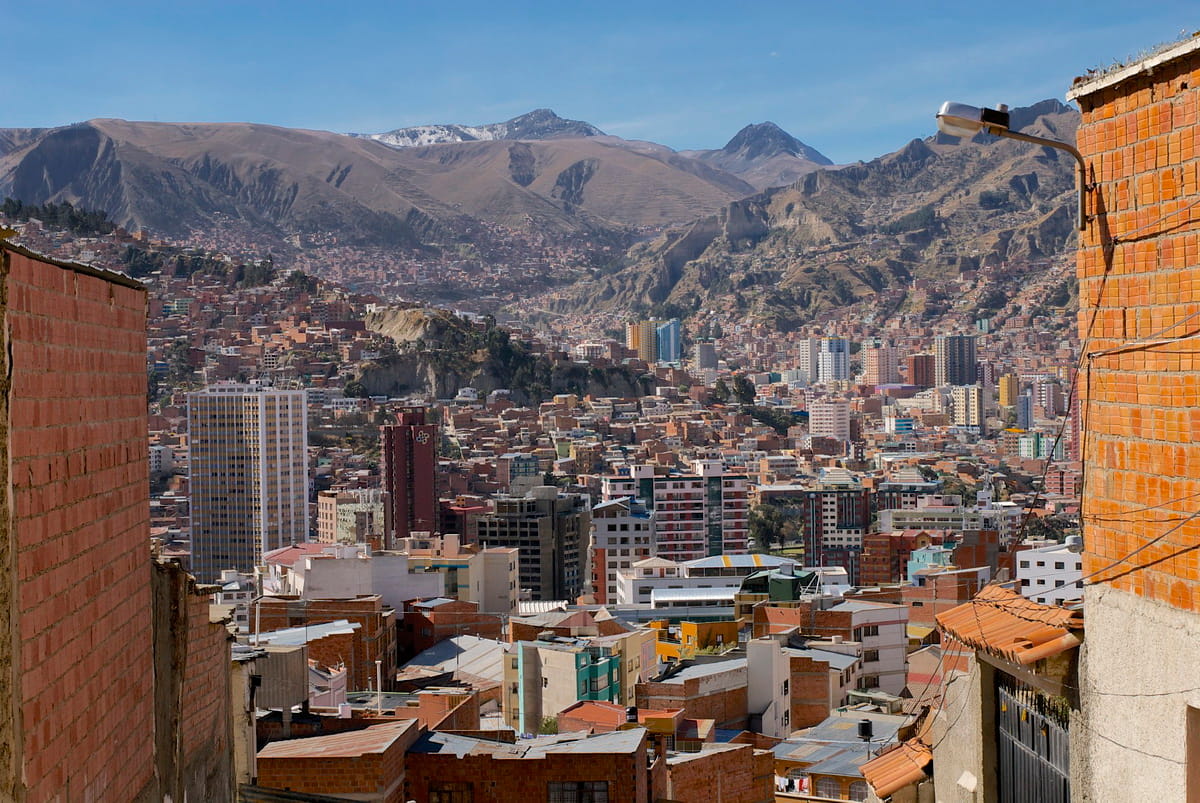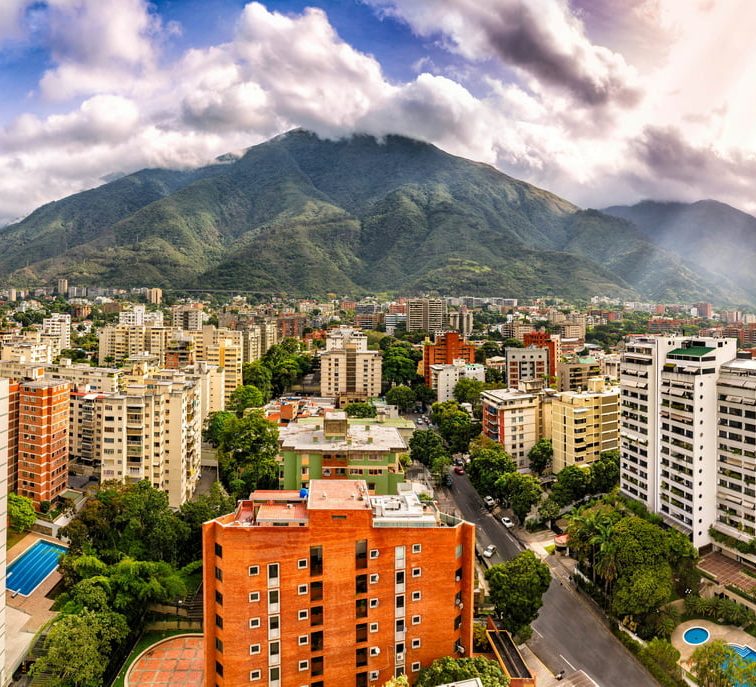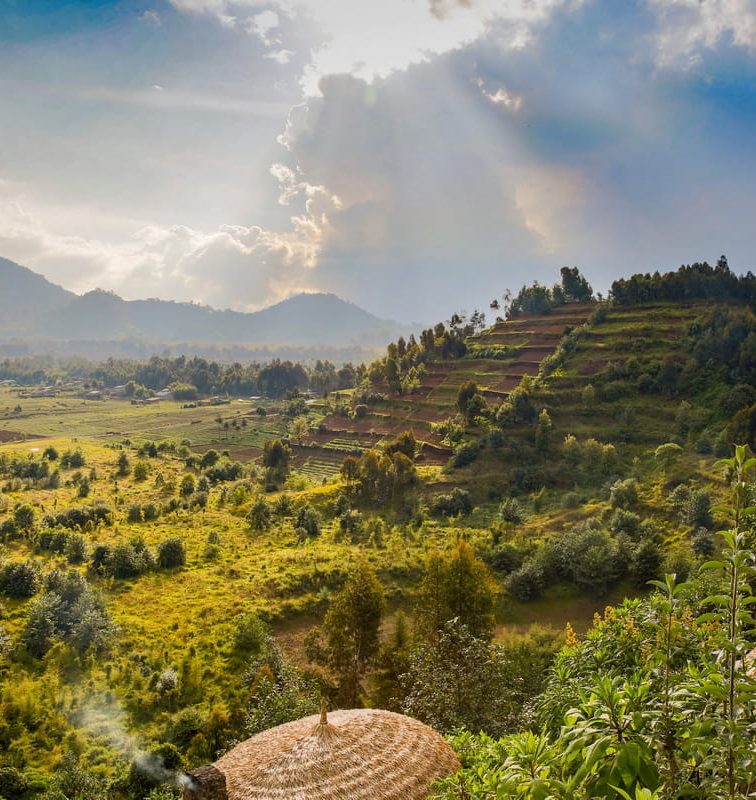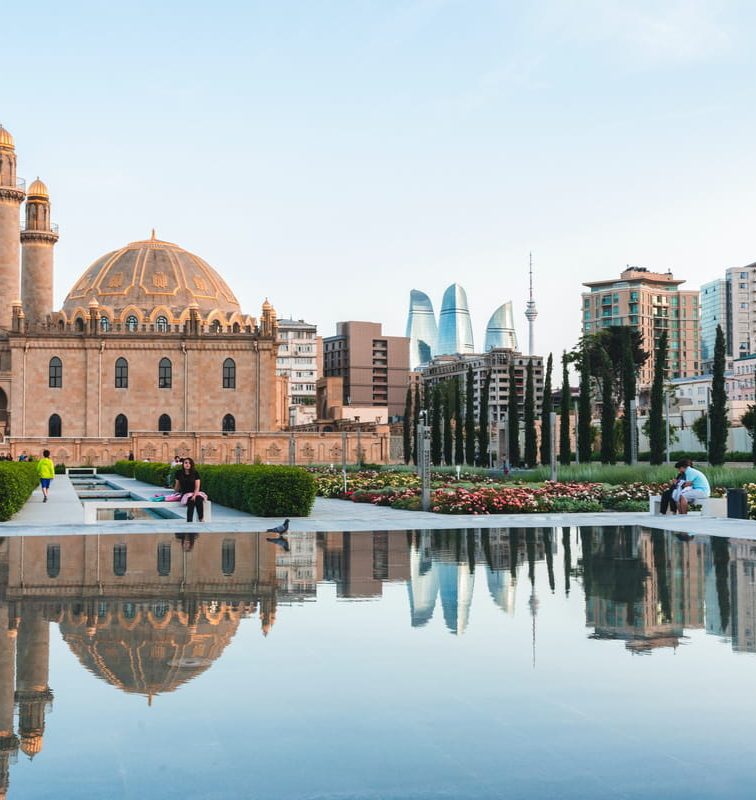Hello, all you knowledge junkies and adventure seekers! Ready to uncover the untold wonders of Bolivia? Sandwiched in the heart of South America, Bolivia is a rollercoaster of astounding landscapes, quirky traditions, and—wait for it—dual capital cities. Yep, this place is a rule-breaker right from the get-go.
We’ve got 30 fun facts about Bolivia that will make you an instant expert, or at least the life of the party. Hold on tight, because this is going to be a trivia ride you won’t forget!
1. Two Capitals – La Paz and Sucre
Bolivia, ever the nonconformist, scoffs at the idea of having just one capital city. Instead, it proudly flaunts two: La Paz and Sucre. Now, why would a country need two capitals, you ask? La Paz is the administrative capital, where all the government bigwigs make the laws and ponder the fate of the nation. It also sits at an astonishing 11,975 feet above sea level, making it the world’s highest administrative capital. You’ll need more than your morning coffee to cope with the thin air here!
Then you have Sucre, the constitutional capital, where Bolivia’s most critical legal documents reside. Sucre serves as the host of the Supreme Court and flaunts an elegant mix of colonial architecture. Here, you’ll find lawyers and judges striding through cobbled streets, making it the epitome of old-world charm meeting modern legalities.
2. Bolivia’s Real Name – The Plurinational State of Bolivia
Ready for a tongue-twister? Bolivia’s official name is the Plurinational State of Bolivia. Yeah, try saying that five times fast. But beyond the syllables and complexity, the name has a profound meaning. It’s a shout-out to Bolivia’s unique social fabric, rich with 36 different indigenous nationalities.
The name reflects Bolivia’s commitment to acknowledging and embracing its cultural diversity. From Quechua to Aymara and beyond, these groups collectively form an integral part of the nation’s identity. So, the name is not just bureaucratic jargon; it’s an emblem of Bolivia’s multi-ethnic diversity and a recognition of its historical roots.
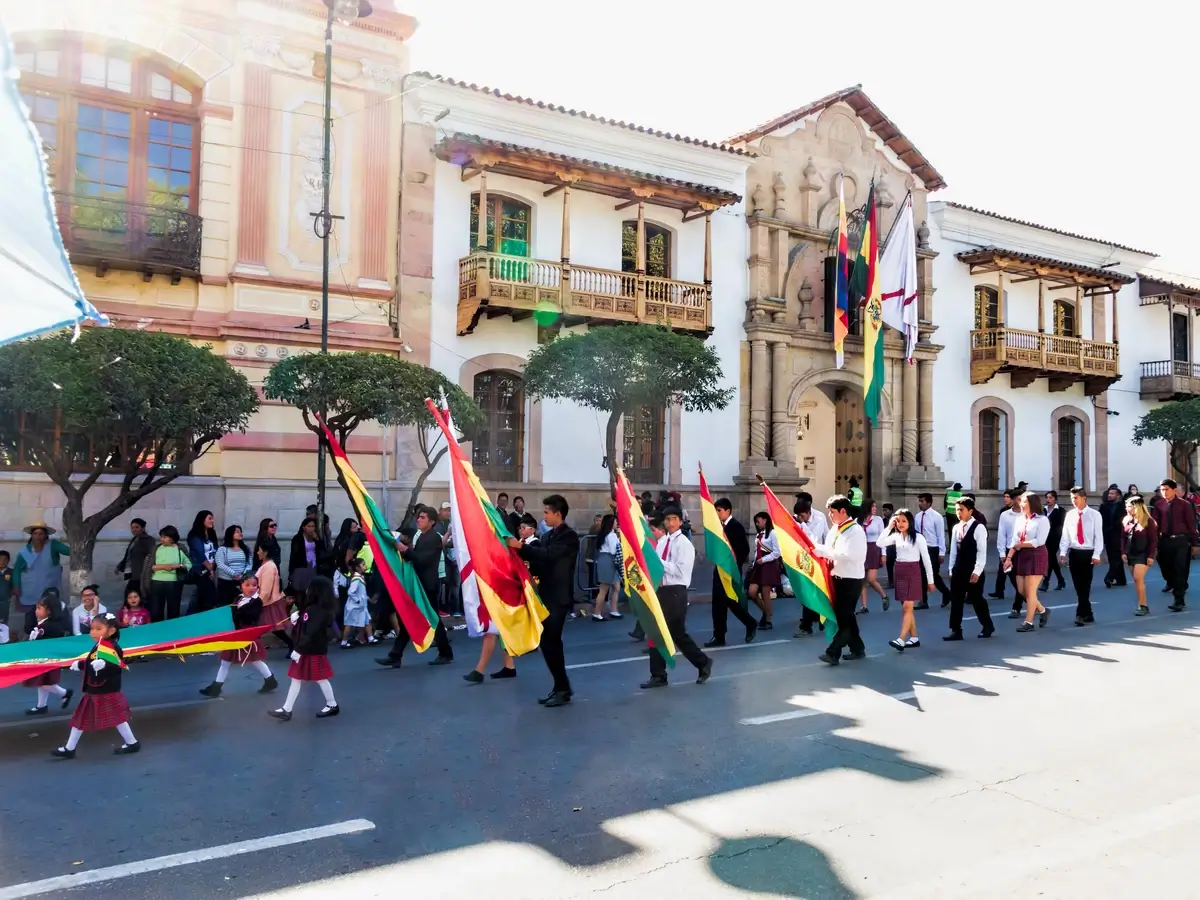
Dan Lundberg / Flickr
3. Highest Navigable Lake – Lake Titicaca
Okay, chuckles aside, Lake Titicaca is an actual wonder of the world. It’s not just its amusing name that makes it famous; it’s the fact that it’s the world’s highest navigable lake. Situated at 12,500 feet above sea level, this lake is no shallow puddle. And it’s not just about size and altitude; it’s also steeped in cultural significance.
According to Andean legend, Lake Titicaca is the birthplace of the sun, moon, and stars, created by the god Viracocha. Archaeological finds like the submerged city of Wanaku reinforce its historical importance. So, if you’re looking to take a boat ride closer to the heavens, this is your spot!
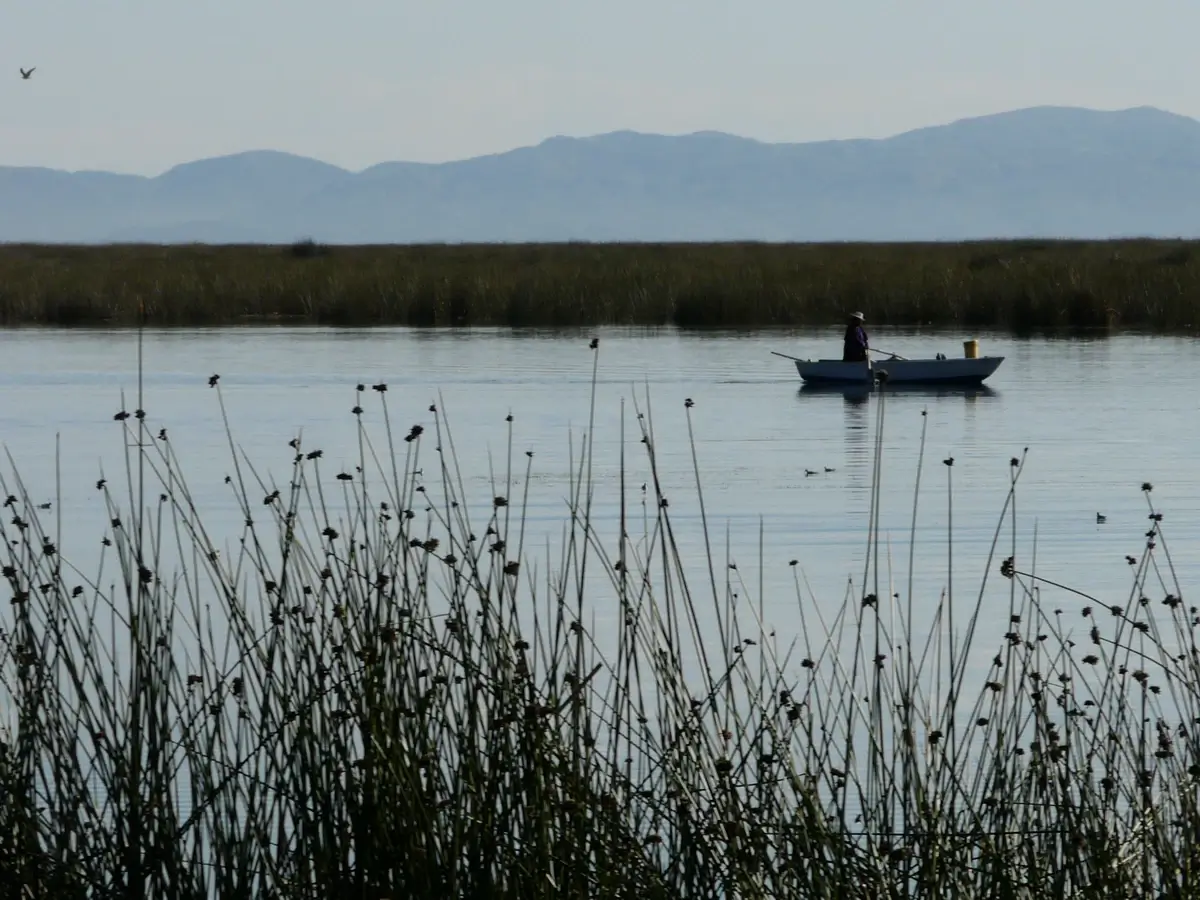
johrling / Flickr
4. World’s Most Dangerous Road – Death Road
If you’re an adrenaline junkie looking for your next fix, look no further than Bolivia’s notorious Death Road. Officially named the North Yungas Road, this narrow, winding path descends from La Paz to Coroico and holds the infamous title of the world’s most dangerous road. A 40-mile stretch with sharp turns, no guardrails, and dizzying drops of up to 2,000 feet, this road isn’t for the faint of heart.
Despite the perils, mountain biking down Death Road has become a popular tourist activity. You’ll be riding through mist, low clouds, and sporadic rainfall if you’re brave enough to tackle this route. Talk about living life on the edge—literally!
5. Bolivia’s Weird Flag – Wiphala
When we talk about Bolivia, one of the weird facts that you might come across is the Wiphala—a square, rainbow-colored flag that represents the native peoples of the Andes. It’s not an alternative fashion statement; it’s a powerful symbol of indigenous resistance and diversity.
The Wiphala consists of seven colors arranged in 49 squares, and it holds various meanings rooted in Andean philosophy. From land and cosmic revolution to time and community, the flag’s colors symbolize natural elements and social principles. So, it’s not just a pretty pattern; it’s a vibrant tapestry of Andean life and philosophy.
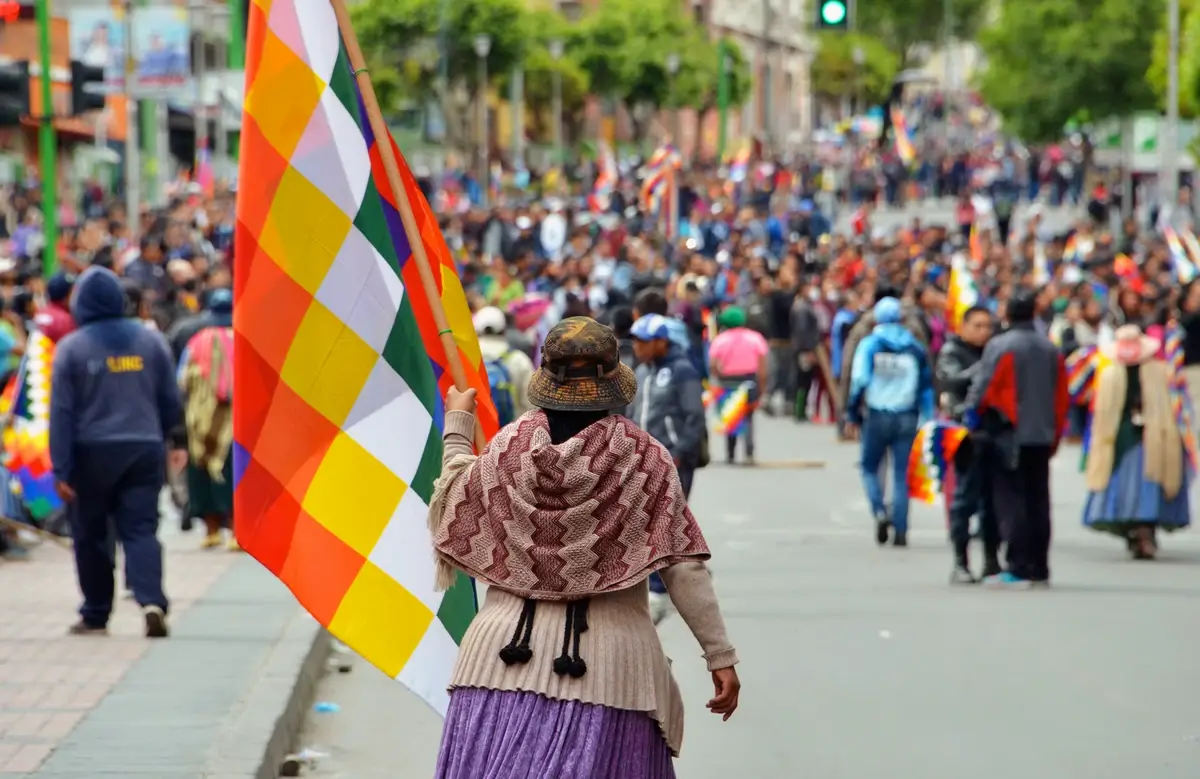
Image source: gpb.lt
6. Bolivia’s Official Flag
While the Wiphala is a cultural gem, let’s not forget Bolivia’s official tricolor flag, made up of red, yellow, and green horizontal stripes. Red represents the bravery of the Bolivian people, yellow signifies the country’s natural resources, and green stands for the richness of its natural environment.
Hoisted for the first time in 1851, the Bolivia flag has undergone several transformations. However, the core essence remains the same: to capture the multifaceted identity of Bolivia—its struggles, its wealth, and its harmonious relationship with nature.

Image source: a-z-animals.com
7. The Andean Condor – National Bird of Bolivia
Considered sacred in Andean mythology, the Andean Condor is more than just a bird; it’s Bolivia’s national symbol of freedom and power. With a wingspan reaching up to 10.5 feet, this bird is a master of the skies. Though it primarily scavenges for food, its sheer size and majesty make it a sight to behold.
These birds hold significant spiritual value in Bolivian culture. They are thought to be the messengers of the gods in the Andean tradition and are often linked to the sun deity, Inti. The Andean Condor is not just a bird; it’s a soaring emblem of Bolivian cultural and natural heritage.
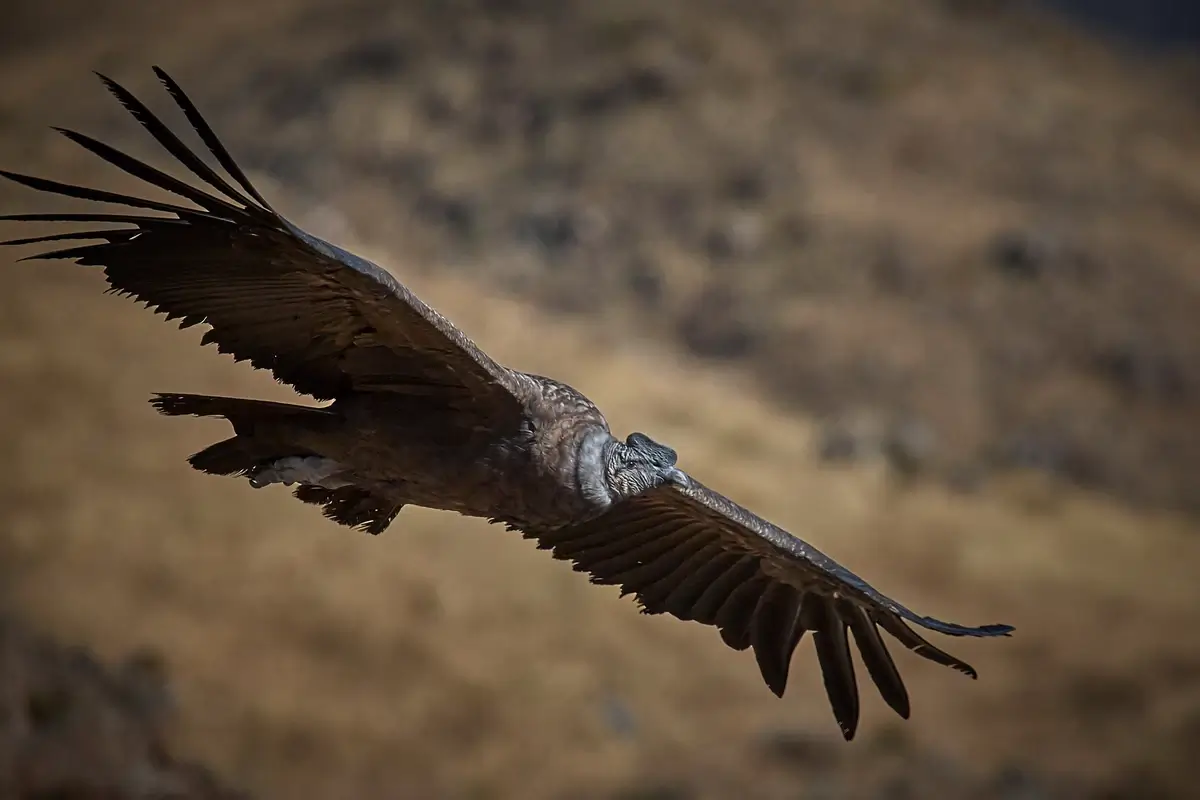
Pedro Szekely / Flickr
8. Coca Leaves, Anyone?
Picture this: you’re feeling a bit sluggish after a hearty Bolivian meal. What do you reach for? A coffee? Nah, too mainstream. How about some coca leaves? That’s right, coca leaves are a staple in Bolivian culture, often chewed or brewed into tea. No, it’s not what you’re thinking—coca leaves are perfectly legal here and are far removed from their notorious derivative, cocaine.
Used for centuries by indigenous communities for its medicinal properties, coca leaves can alleviate altitude sickness, improve digestion, and provide a mild energy boost. They’re so deeply ingrained in Bolivian culture that you’ll even find them in local ceremonies and religious rituals.
9. Landlocked Woes
Bolivia is like that kid in a game of musical chairs who missed out when the music stopped—it’s landlocked. With no coastline to boast of, Bolivia lost its access to the Pacific Ocean in the War of the Pacific against Chile between 1879 and 1884. Not having a coastline has led to economic challenges, including high export costs, but it’s also become part of Bolivia’s national identity.
Every March 23rd, Bolivia commemorates the “Day of the Sea,” a poignant reminder of its lost coastline. The event is marked with parades, speeches, and yes, sea shanties—minus the sea.
10. Indigenous Influence
Bolivia stands out for its strong indigenous influence. Unlike many other Latin American countries where indigenous cultures have been sidelined, in Bolivia, they are front and center. A staggering 41% of the population identifies as indigenous, with Quechua and Aymara being the most prevalent ethnic groups.
This influence isn’t just demographic; it penetrates all aspects of Bolivian life—from politics and religion to cuisine and fashion. Indigenous languages are taught in schools, traditional garments like bowler hats and brightly colored textiles are everyday wear, and folklore permeates local festivals.
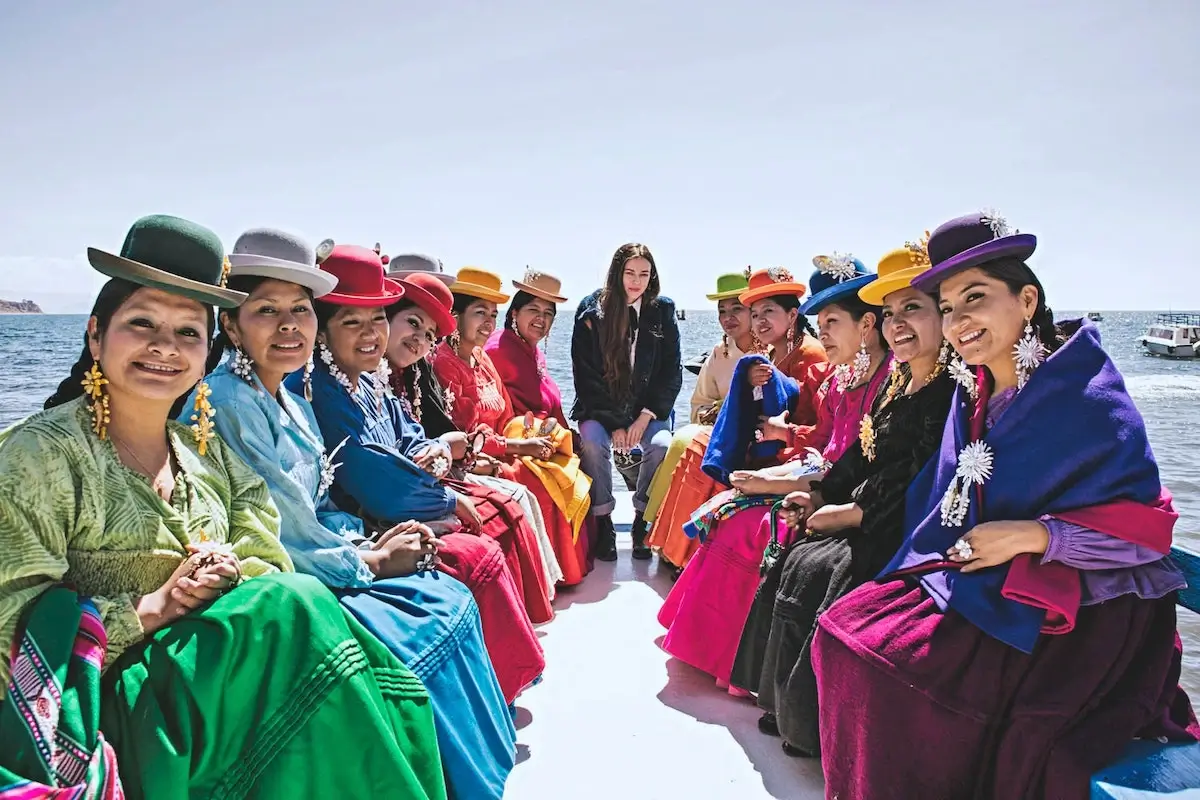
Image source: sbs.com.au
11. Bolivia’s Geopolitical History
From the rise and fall of ancient civilizations to its current status as a democratic republic, Bolivia’s geopolitical history is as layered as its famous Salteñas (that’s a delicious Bolivian empanada, FYI). Bolivia gained its independence from Spanish rule on August 6, 1825, after a protracted struggle led by heroes like Simón Bolívar and Antonio José de Sucre, from whom Sucre, the constitutional capital, takes its name.
However, independence didn’t mark the end of Bolivia’s geopolitical challenges. From territorial wars with neighboring countries to internal struggles for equality and representation, Bolivia’s history is a compelling tapestry of resilience, adaptation, and quest for social justice.
12. Unique New Year Traditions
In Bolivia, the New Year isn’t just about fireworks and countdowns. Oh no, they take it up a notch with some unique traditions that will make you want to book a flight just to ring in the New Year Bolivian-style. Among these is the “Año Viejo” (Old Year) tradition where people make scarecrow-like dolls filled with firecrackers and set them on fire at midnight to ward off bad spirits.
Also, don’t be surprised if you see locals running around with suitcases when the clock strikes twelve. This quirky tradition is believed to bring opportunities for travel in the coming year. Now that’s a New Year’s resolution we can all get behind!
13. Bolivian Salt Flats – Salar de Uyuni
If you’ve been hunting for a place that feels straight out of a dream, Salar de Uyuni should be at the top of your bucket list. Imagine an endless stretch of salt forming a vast white plain, so flat that it becomes the world’s largest natural mirror during the rainy season. We’re talking about 4,086 square miles of breathtaking beauty, people!
It’s not just a photographer’s paradise; it also holds a significant reserve of lithium, which is essential for electric batteries. If you’re lucky, you might even spot some pink flamingos hanging around. Fun facts about Bolivia just keep getting better, don’t they?

Salt Hotel, Salar de Uyuni, Bolivia. Pedro Szekely / Flickr
14. Lunar Landscapes – The Valley of the Moon
Located just a short drive from La Paz, the Valley of the Moon is another surreal Bolivian landscape that’s begging for a visit. This geological wonder looks like it was plucked right from a sci-fi movie, featuring clay and sandstone formations carved by erosion into otherworldly shapes.
The terrain is so lunar-like that it’s often compared to the surface of the moon. One could say it’s the closest you can get to lunar exploration without leaving Earth. A stroll through this valley feels like stepping into another dimension—no space suit required!
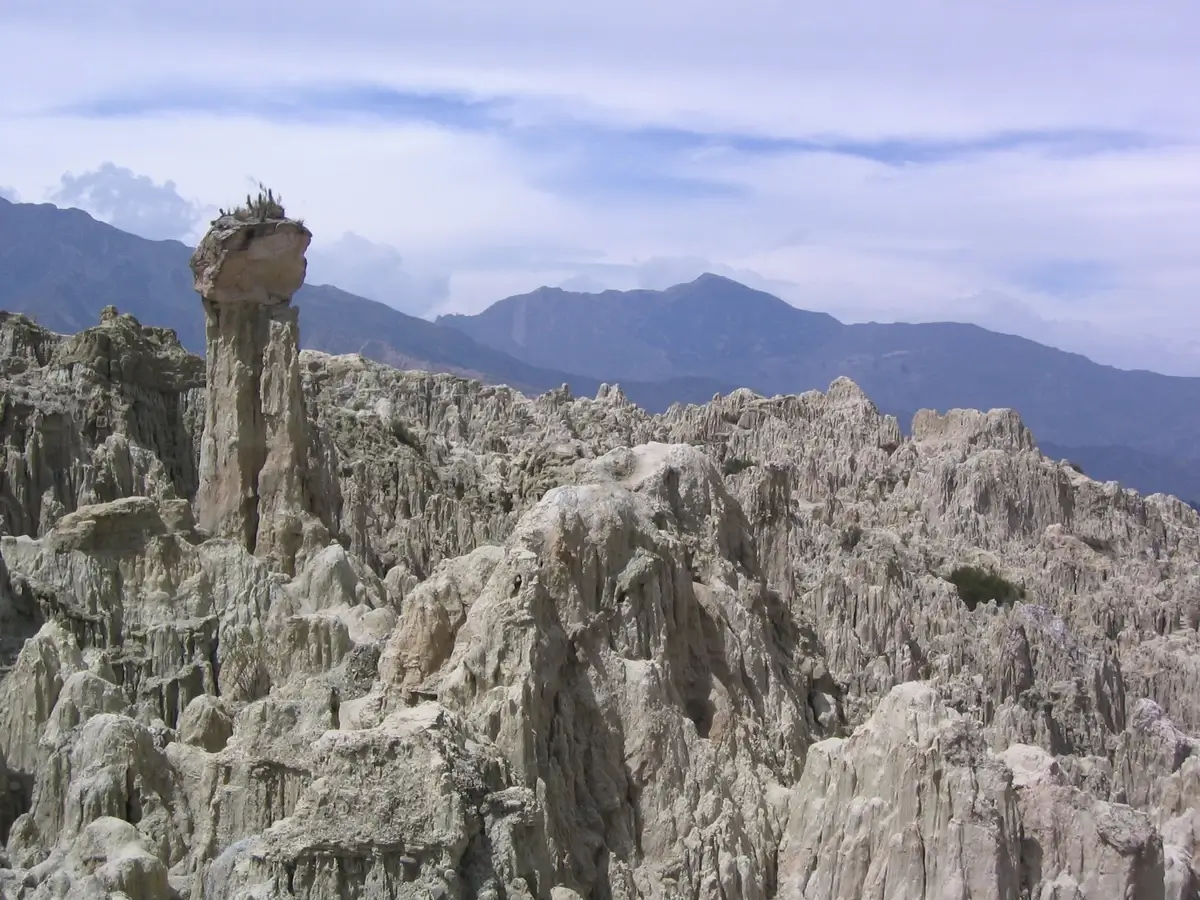
Valle de la Luna (“Valley of the Moon”), badlands to the south of La Paz. Phil Whitehouse / Flickr
15. Bolivia’s Soccer Passion
Forget the World Cup; in Bolivia, soccer isn’t just a game; it’s a way of life. Whether it’s a high-stakes match or a friendly kickabout in a neighborhood field, the passion for soccer here is palpable. The country’s top division, known as Liga de Fútbol Profesional Boliviano, is the battleground where teams like Club Bolívar and The Strongest face off, and the fervor from fans is nothing short of electric.
And get this, Bolivia’s national team plays their home matches at Estadio Hernando Siles, situated at a staggering altitude of 11,932 feet in La Paz. Now that’s what you call a home-field advantage!

Dennis Jarvis / Flickr
16. Tiahuanaco Ruins
If you’re a history buff, the Tiahuanaco Ruins are your paradise. Located near La Paz, these ruins are remnants of one of the most important pre-Inca civilizations, dating back to as early as 300 AD. Massive stone structures, including the famous Gate of the Sun, provide a surreal glimpse into Bolivia’s rich past.
The site was likely used for both administrative and religious activities and contains a range of monuments like temples, pyramids, and even an underground temple. Tiahuanaco Ruins aren’t just rocks; they’re a ticket back in time.
17. Bolivian Food – Salteñas
When it comes to food in Bolivia, Salteñas are the crème de la crème. Think of them as empanadas’ more vivacious and saucy cousin. Stuffed with meat, vegetables, and sometimes even a quail egg, these pastries are a breakfast staple. But watch out! They’re notoriously difficult to eat without making a mess—mostly because they’re brimming with a juicy, delicious broth.
Served hot and savory, Salteñas are often enjoyed with a cold drink. Be prepared to see everyone from suited businessmen to school kids relishing these heavenly pockets of joy in the morning. Bolivia fun facts often circle back to food, because, well, food is life!
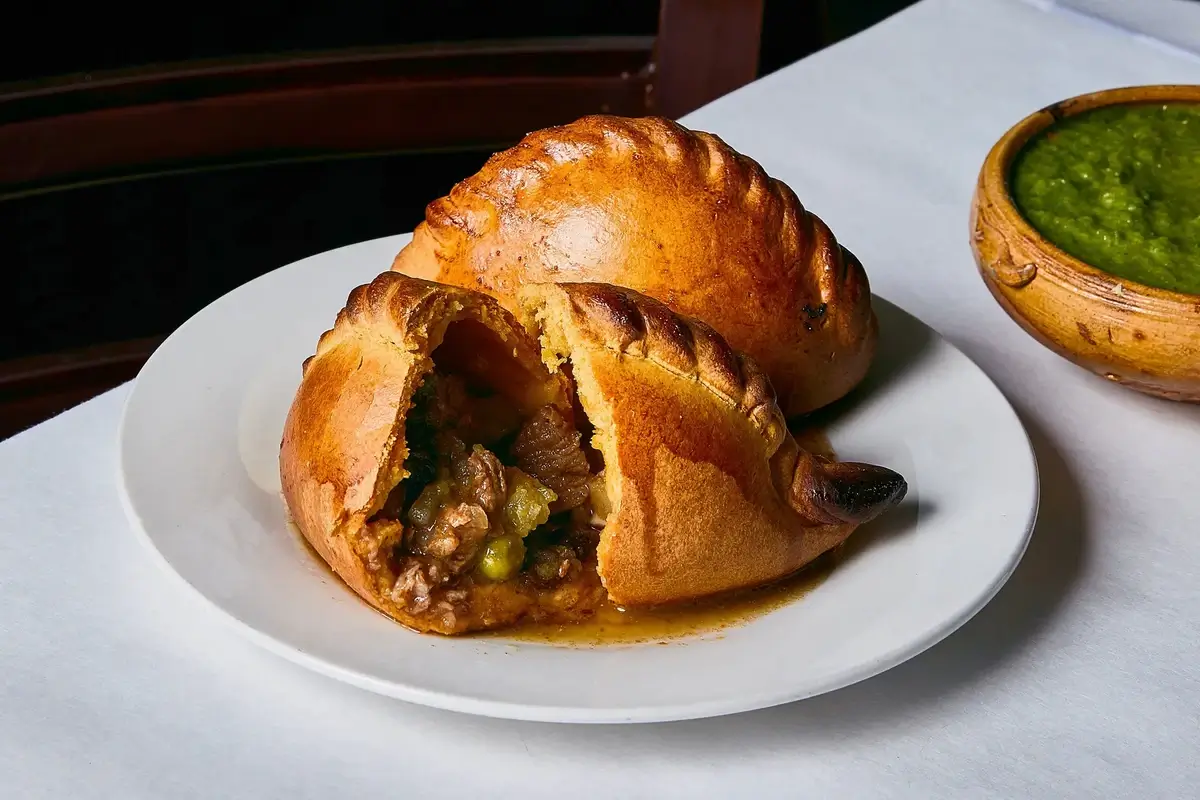
Image source: nytimes.com
18. The Llama Connection
Ah, the llama. This adorable creature isn’t just a meme icon or a fluffy pet; it’s an integral part of Bolivian culture. Used for everything from transportation and carrying goods to providing wool and meat, llamas are versatile and deeply respected. These animals have been domesticated in Bolivia for thousands of years, and they’re so ubiquitous that they even feature on the Bolivian coat of arms.
So the next time you see a cute llama picture, remember, it might just be a Bolivian superstar posing for the camera.

Alex Azabache / Pexels
19. Cholitas – The Indigenous Women Wrestlers
Wrestling in Bolivia has a unique twist, and it comes in the form of Cholitas, indigenous women who take to the ring in traditional attire, including petticoats and bowler hats. Originating as a form of protest and female empowerment, Cholita wrestling has become a spectacle that locals and tourists alike flock to see.
These fierce women aren’t just fighting for entertainment; they’re smashing stereotypes and gender norms with every body slam. You can catch these bouts mostly on Sundays in El Alto, just outside of La Paz. WWE, eat your heart out!
20. Bolivian Rainforest
In case you thought Bolivia was all about arid landscapes and mountainous terrains, think again. The Bolivian rainforest is an essential part of the Amazon, and it’s brimming with biodiversity. From jaguars and pink river dolphins to an insane number of bird species, this place is a wildlife lover’s dream.
Madidi National Park is one of the key attractions, and it’s considered one of the most biologically diverse areas on Earth. You can explore the forest by boat, foot, or—if you’re feeling extra daring—zip line. Fun facts about Bolivia: the rainforest here accounts for about a third of the country!
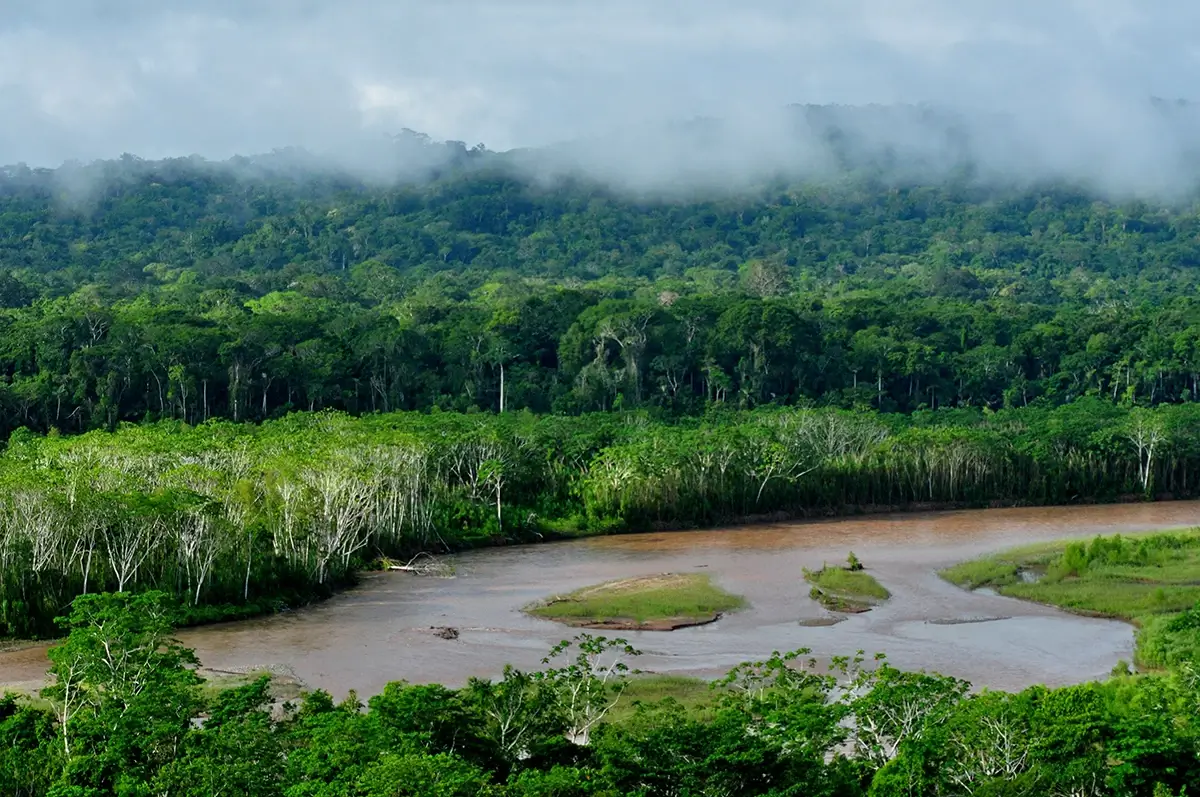
Image source: petroltecnica.it
21. Bolivia’s UNESCO Sites
From cities to natural wonders, Bolivia has got some spots that even UNESCO couldn’t resist stamping their approval on. Sites like the historic city of Potosí, which was once the world’s largest industrial complex in the 16th century, and the Jesuit Missions of Chiquitos are some of the few that have earned their spots on the UNESCO World Heritage list.
Let’s not forget Salar de Uyuni and Noel Kempff Mercado National Park—both a testament to Bolivia’s incredible natural beauty.
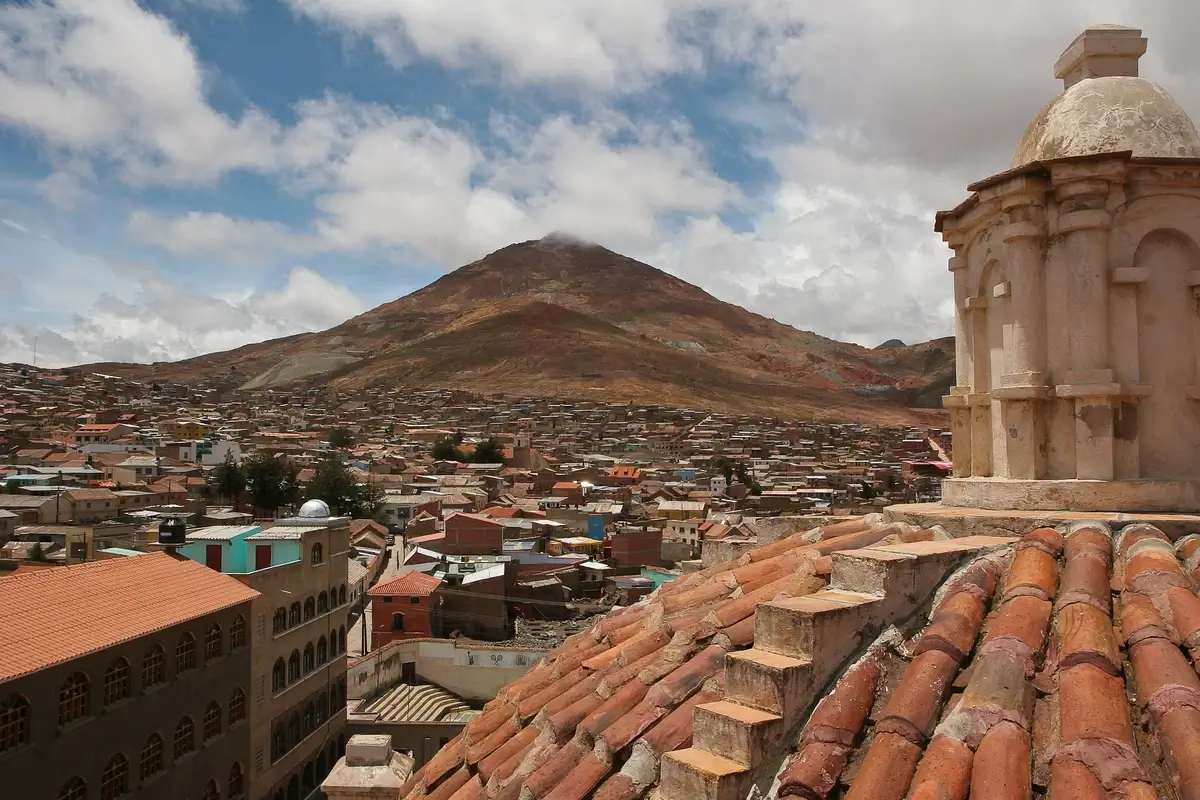
Danielle Pereira / Flickr
22. Bolivian Beverages – Api and Singani
When in Bolivia, drink as the Bolivians do! Meet Api, a warm, purple corn drink spiced up with cinnamon and cloves, perfect for those chilly Andean mornings. Then there’s Singani, a grape-based spirit that’s so deeply rooted in Bolivian culture it’s almost a rite of passage to try it.
Api is most commonly consumed at breakfast, while Singani, often used in cocktails, becomes the star of the evening. Whether you’re a morning person or a night owl, Bolivia’s got a beverage for you.
23. Pollos Rocky Restaurant
Now, you can’t say you’ve truly experienced Bolivia until you’ve eaten at Pollos Rocky. Think of it as Bolivia’s answer to fast food, but with a delicious, home-cooked vibe. This chain is famous for its fried chicken, which is served with generous sides that can range from rice and salad to yuca fries.
What makes Pollos Rocky stand out, apart from its drool-worthy chicken, is its distinctly Bolivian flavors, often marinated in native herbs and spices. It’s finger-lickin’ good, Bolivian style!
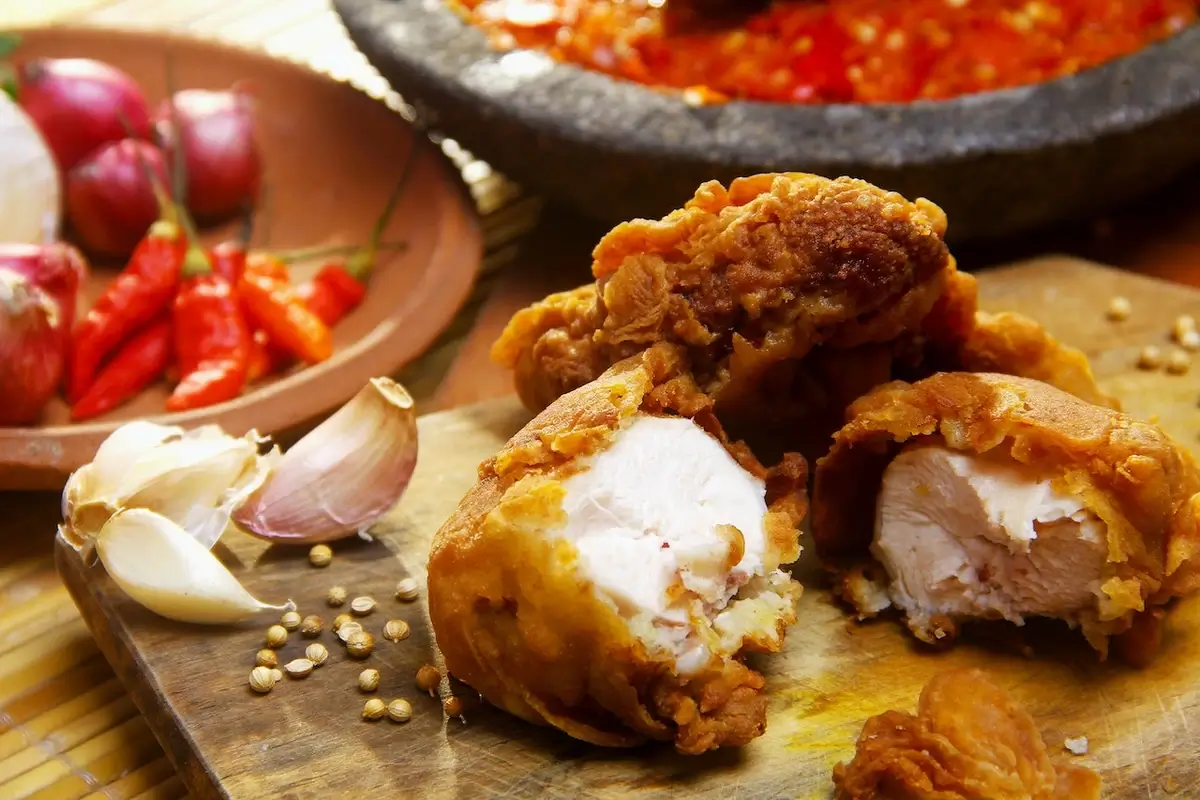
Yanuar Putut Widjanarko / Pexels
24. Bolivians Love Their Festivals
If there’s one thing Bolivians know how to do, it’s throw a party. And by party, I mean vibrant, culturally-rich festivals that span days, sometimes even weeks! One of the most notable is Carnaval de Oruro, a religious festival featuring thousands of dancers and musicians.
But wait, there’s more! From the Day of the Skulls to the Festival of the Virgin of Candelaria, Bolivia’s got a festival for every occasion and everyone. Now, how’s that for a party-loving country?
25. Bolivian Fashion
From traditional garbs like polleras (pleated skirts) and bowler hats to modern couture, Bolivian fashion is a tapestry of history and innovation. Traditional attire varies from region to region, with distinct styles and fabrics representing each area’s unique culture.
While the younger generation leans towards modern Western styles, traditional garments are still widely worn, especially during festivals and ceremonies. Bolivia fun facts: Did you know bowler hats became a trend among Bolivian women in the 1920s and have stuck around ever since?
26. The Guaraní People
One of Bolivia’s indigenous groups, the Guaraní people, have a rich culture and history that spans not only Bolivia but also parts of Argentina, Brazil, and Paraguay. They’re known for their musical traditions, artistry in pottery and weaving, and their language, which is one of the official languages of Bolivia.
The Guaraní have had a significant influence on Bolivian culture, adding another layer to its rich, multicultural tapestry. Their resilience and rich cultural practices make them an integral part of Bolivia’s identity.
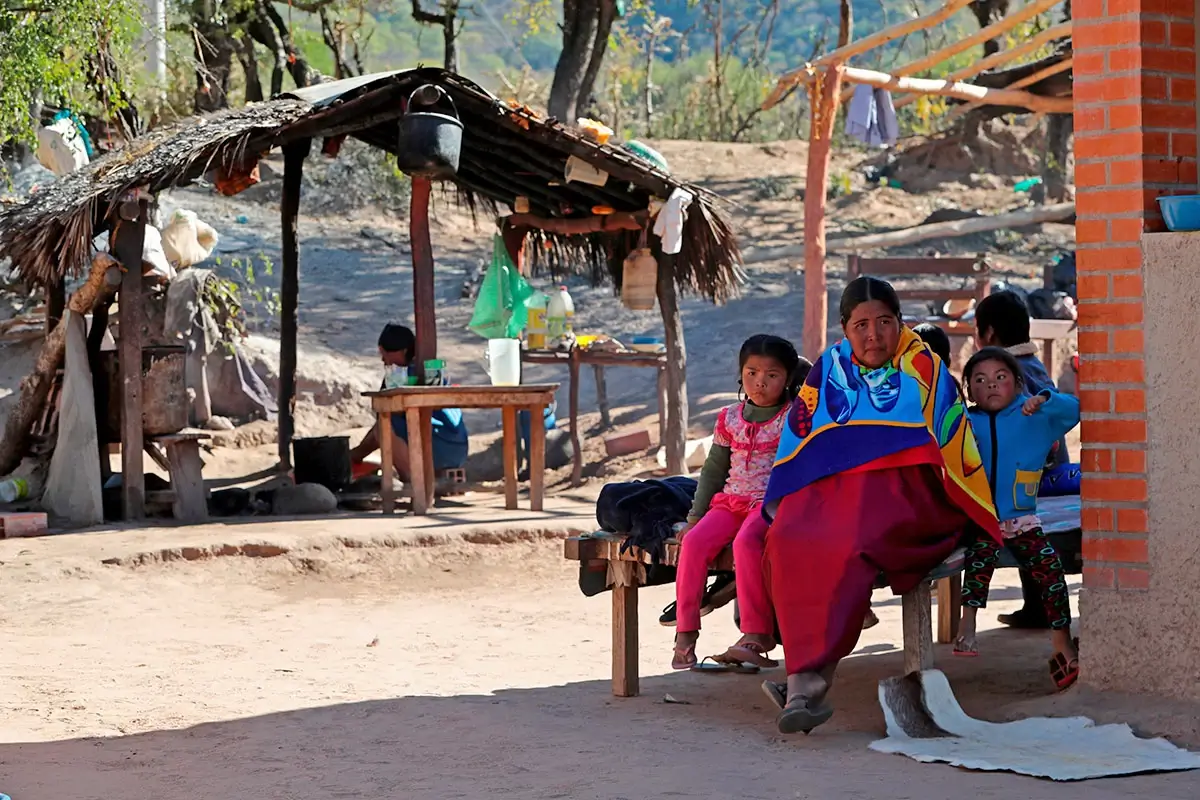
Image source: jornada.com.bo
27. Music Scene in Bolivia
If you’re a fan of tunes, Bolivia’s diverse music scene is a delight for the ears. Bolivian music is a mishmash of influences, from indigenous Andean to Spanish and African rhythms. You’ll find everything here—from the melancholic tunes of the charango (a kind of lute) to the toe-tapping beats of modern Bolivian pop.
Whether you’re strolling through La Paz’s markets or hanging out in a Santa Cruz nightclub, you’re bound to hear music that captivates your soul and makes your feet tap uncontrollably.
28. Santa Cruz – Bolivia’s Economic Powerhouse
If Bolivia was a high school, Santa Cruz would be the popular jock with a genius-level IQ. Seriously, this city is an economic behemoth! We’re talking about a place that accounts for more than 30% of Bolivia’s GDP. Oil, soybeans, and natural gas? Santa Cruz has it all, and it’s not afraid to flaunt it.
It’s also a melting pot of cultures, which adds a flavorful dash to its economic recipe. I mean, who wouldn’t want to mix business with a bit of pleasure? Fun facts about Bolivia: Santa Cruz is the fastest-growing city in Bolivia, and it shows no signs of slowing down!
29. Bolivian Cinema – Yes, It Exists!
You might be forgiven for thinking that Bolivian cinema is an oxymoron, but you’d be totally wrong. Although it may not have the glitz and glamour of Hollywood, Bolivian cinema has a charm all its own. Films like “Cocalero” and “The Gift of Pachamama” give a voice to Bolivia’s diverse cultures and complex histories.
These aren’t just movies; they’re celluloid time capsules capturing the essence of Bolivia. So grab some popcorn, or better yet, some salteñas, and get ready for a Bolivian movie night.
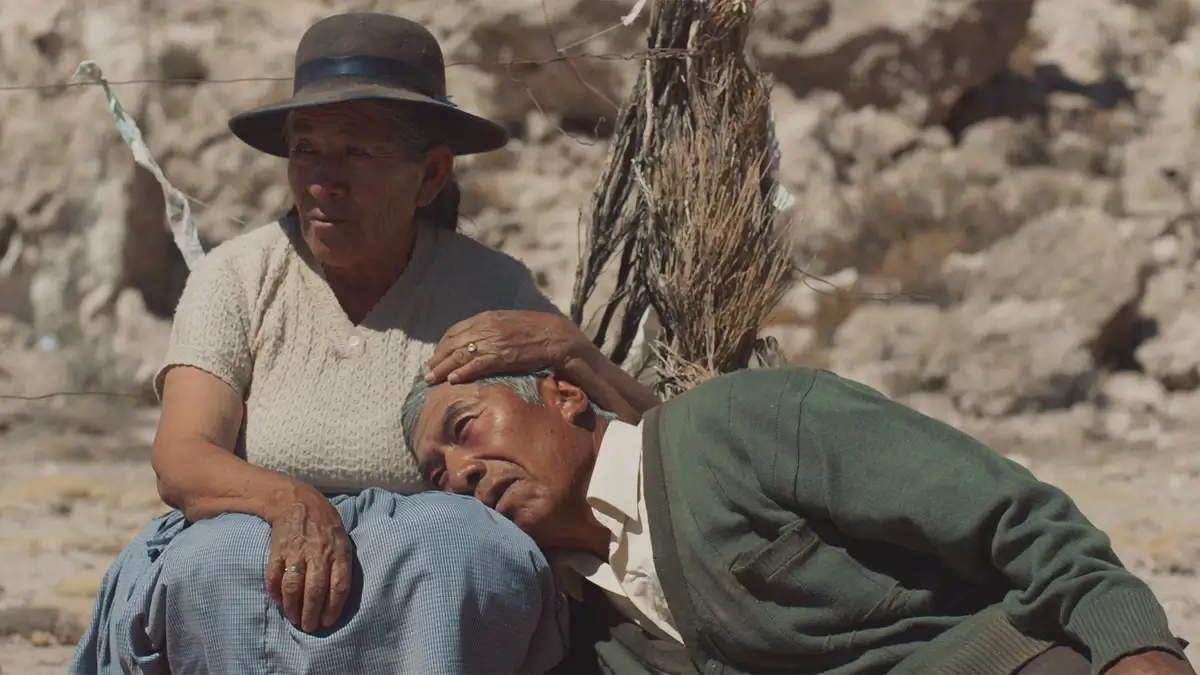
Image source: indiewire.com
30. Indigenous Languages
Most countries would pat themselves on the back for having two official languages. Bolivia, however, is flexing with a whopping 36! That’s right; aside from Spanish, Bolivia recognizes 35 indigenous languages, including Quechua, Aymara, and Guarani.
These languages aren’t just spoken in remote villages but are also taught in schools and used in official documents. Talk about embracing diversity! It’s a cacophony of culture that sings the song of Bolivia’s rich history and traditions.
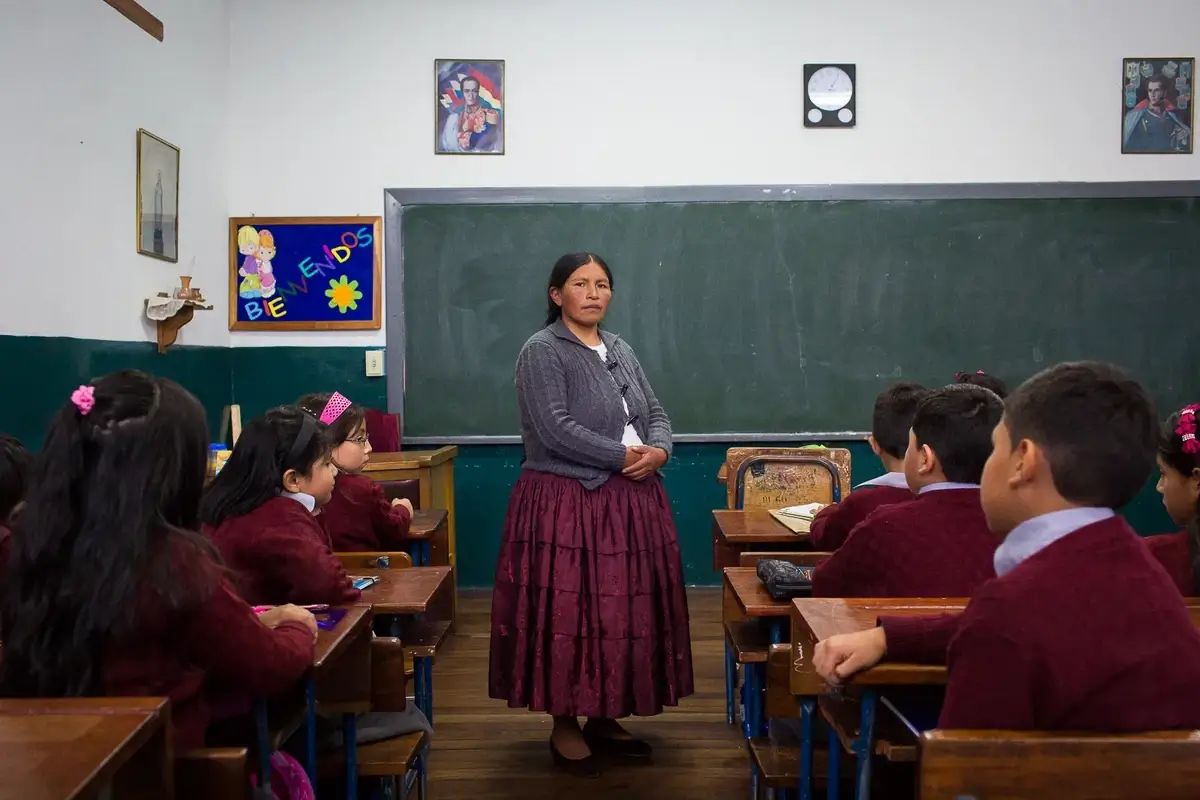
Image source: phmuseum.com
FAQ
What are 10 interesting facts about Bolivia?
- Heaven on Earth: First off, Bolivia is home to the Salar de Uyuni, the world’s largest salt flat, stretching over 10,000 square kilometers. In the rainy season, it becomes a giant mirror, and if you squint hard enough, you can see your future—or at least your reflection saying, “Why did I wear flip-flops here?”
- High Life: La Paz, the administrative capital of Bolivia, sits at an altitude of roughly 3,650 meters (11,975 feet). You’ll either find enlightenment or shortness of breath here—sometimes both. By the way, if you can finish a marathon in La Paz, you’re either a superhuman or an alpaca in disguise.
- Dual Citizenship with The Moon: Bolivia’s Valle de la Luna is a unique, moon-like landscape that will have you questioning whether you took a wrong turn and ended up on a Star Wars set. You’ll half-expect to bump into Yoda dispensing wisdom—or perhaps confusing grammar advice.
- Lake of the Incas: Lake Titicaca is not just fun to say, it’s also the world’s highest navigable lake. It’s so large and deep that the Incas believed it was the birthplace of the Sun. Which probably made for a great pickup line back in the day: “Hey baby, how about we watch the sun set where it was born?”
- Vicuña Vidi Vici: Bolivia is home to the vicuña, the wild ancestor of domesticated alpacas. The vicuña’s fleece is one of the finest and most expensive natural fibers in the world. And yes, they look just as snobbish as you’d expect from that description.
- Llama Drama: Speaking of camelids, Bolivia loves its llamas. They’re like the unofficial four-legged mayors of the country. They carry loads, they’re a food source, and their faces have this constant expression of, “I’m judging your life choices.”
- The Road Less Travelled: The North Yungas Road, also known as the “Death Road,” is one of the most dangerous roads in the world. It’s like Bolivia’s version of Russian Roulette, but with mountain biking. Some people bike down it for fun, which is either really gutsy or a shortcut to meeting the Inca gods.
- Drink of the Gods: Bolivia’s national beverage, Singani, is a grape brandy that has been produced for over 500 years. It’s the life of the party and, when consumed in moderation, makes you feel like you’re dancing with Pachamama, the Earth Mother herself.
- Bolivia’s Witches’ Market: In La Paz, you can visit the Mercado de las Brujas, or the Witches’ Market, where you can buy everything from dried frogs for rituals to llama fetuses for blessings. You won’t find Harry Potter wands, but it’s the perfect place to stock up on your magical realism supplies.
- Aymara Time Travelers: The indigenous Aymara people have a unique concept of time, where the past is in front of them and the future is behind. So, in a way, they’re the original time travelers, navigating through life like it’s a Christopher Nolan movie.
What is Bolivia famous for?
Bolivia is famous for its eye-popping geographical wonders like the Salar de Uyuni, the world’s largest salt flat, and Lake Titicaca, the highest navigable lake. It’s also known for its rich indigenous cultures, Andean music, and unique landscapes that vary from snowy mountains to steamy jungles.
What makes Bolivia unique?
What doesn’t? Bolivia is a land of extremes. From its high-altitude cities to its incredibly diverse ecosystems, Bolivia isn’t doing anything by halves. It’s one of the few countries with two capitals: La Paz (administrative) and Sucre (constitutional). Also, it’s a linguistic paradise, recognizing 36 official languages, many of them indigenous!
What are Bolivians proud of?
Bolivians are deeply proud of their rich cultural heritage, a fusion of indigenous and colonial influences. They’re also proud of their natural wonders like the Andean peaks and Amazonian lowlands. Ever heard of Evo Morales? He was Bolivia’s first indigenous president, and his rise to power was a proud moment for many Bolivians.
What do Bolivians do for fun?
Well, besides dodging llamas on the street, Bolivians love their festivals like Carnival in Oruro and La Diablada, filled with music, dance, and elaborate costumes. Soccer is the most popular sport, but Bolivians also enjoy ch’ajchu, a sort of Andean wrestling, and playing Ekeko, the god of abundance, during the Alasitas fair to buy miniatures of things they hope to acquire in the coming year.
What is the most famous food in Bolivia?
Salteñas! Imagine a pocket of happiness filled with meat, veggies, and a slightly spicy sauce, then you’ve got a salteña. It’s the Bolivian version of an empanada and the ultimate comfort food.
What is the real name of Bolivia?
Put on your formal pants for this one: The Plurinational State of Bolivia. Yep, it recognizes the multi-ethnic nature of the country and the coexistence of several cultures and languages within it.
Does Bolivia have a nickname?
Bolivia itself doesn’t have a widely-recognized nickname, but it does have cool nicknames for some of its cities. For example, La Paz is often referred to as the “city that touches the sky” due to its high altitude.
What is Bolivia’s national animal?
No drama, it’s the llama! These fluffy, long-necked creatures are not just cute but also deeply integrated into the country’s culture and economy.
What are cultural facts about Bolivia?
- The majority of Bolivians are of indigenous descent, primarily Quechua and Aymara.
- Bolivians are known for their intricate weaving techniques, producing colorful textiles that tell stories and carry symbolism.
- The Tinku, a traditional form of dance-fighting, is practiced in some indigenous communities.
- Bolivia has a thriving street art scene, especially in cities like La Paz and Cochabamba, which reflects both modern and traditional themes.


